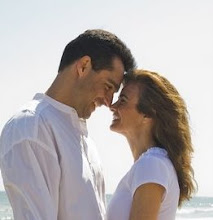On the first Sunday of November, it will be Time to change clocks. This year’s Time Change for 2010 is later than most people are used to, but not by much. This year’s “fall back” will change time for a four-and-a-half month time frame. The this year Time Change for Fall was, in and of itself, pushed back. The Energy Policy Act of 2005 made adjustments to the Time and placement of Daylight Saving Time.
Fall this year calls for a Time change
Officially, on November 7 at 2 a.m., the Fall 2010 Time Change will be occurring. Most United States, states should plan on a change of one hour back. This is the standard. It will be March 13 at 2 a.m. before things are “corrected.” This is when the Fall back of Daylight Savings Time will happen.
What the function is of Daylight Savings Time
The United States began Daylight Savings Time within the early 1900s. It was during World War I that started. The “extra” hour of daylight was intended to support conserve energy for wartime manufacturing. Some communities stopped following Daylight Savings Time during World War II. Others continued to follow it though. The Uniform Time Act brought on Daylight Savings Time to be standardized. This did not occur until 1966.
Why Daylight Savings had been expanded
The United States is not the only country being impacted by the Time Change 2010. The European Union follows another time. The European Summer time is followed. The last Sunday in October is used by Europe. This is when the 2010 Time Change will happen. Arizona, Hawaii, Puerto Rico, American Samoa and some native American Reservations don’t observe Daylight Saving Time. Iceland and Kyrgyzstan don’t observe a Time Change as the Time Change is observed all year long.
Will this 2010 fall time change help a single thing?
The argument for Daylight Saving Time is that the Time Change this year for Fall, and all Time changes, support save energy. The point of switching Time is to “make use” of daylight hours. This ought to allow people to use lights in their homes for less Time throughout the afternoon. Daylight Savings Time may not really save any energy. It has never been proved to take place before. Do you like and use Daylight Savings Time like this? Do you think it is even helping?

No comments:
Post a Comment